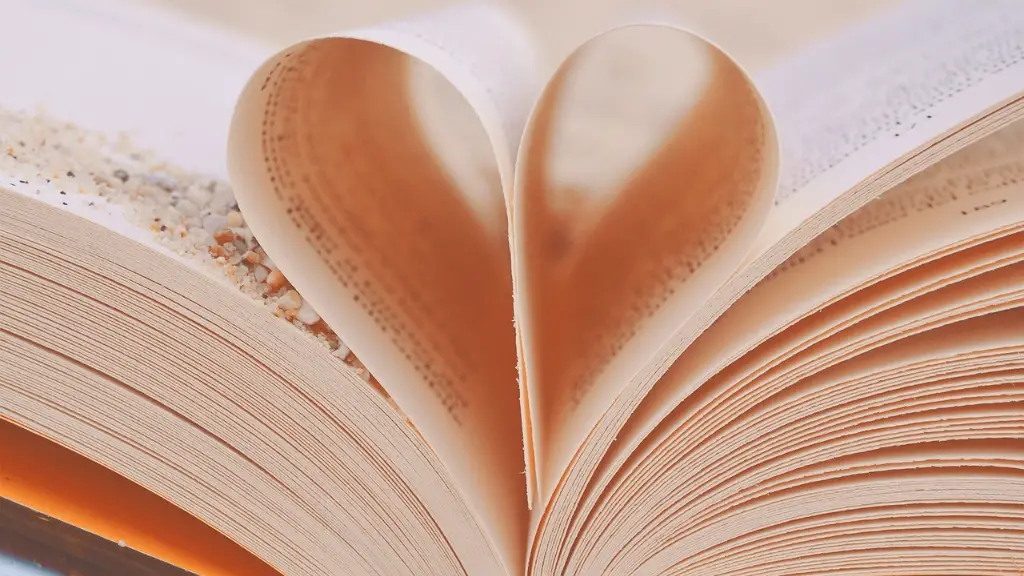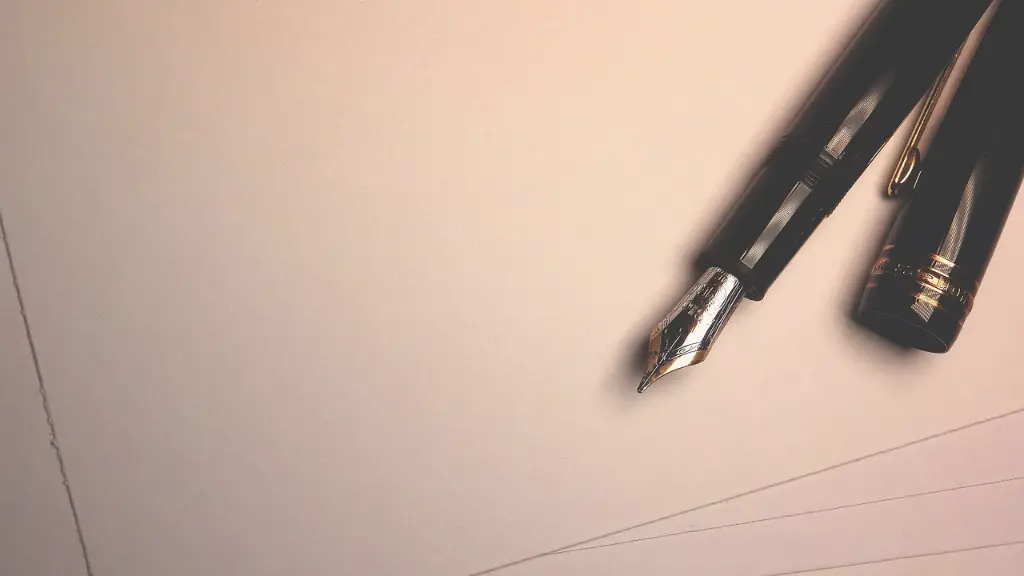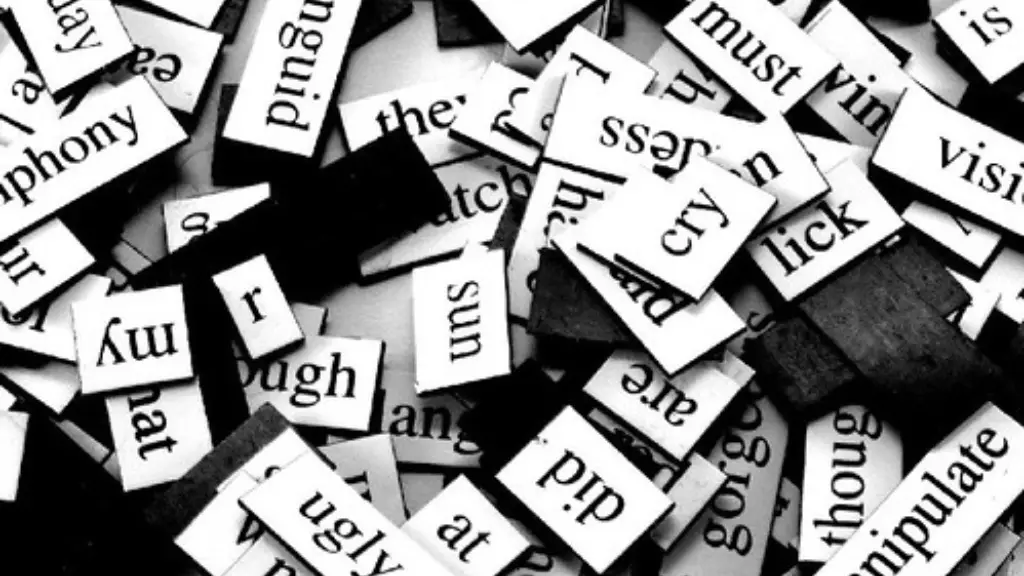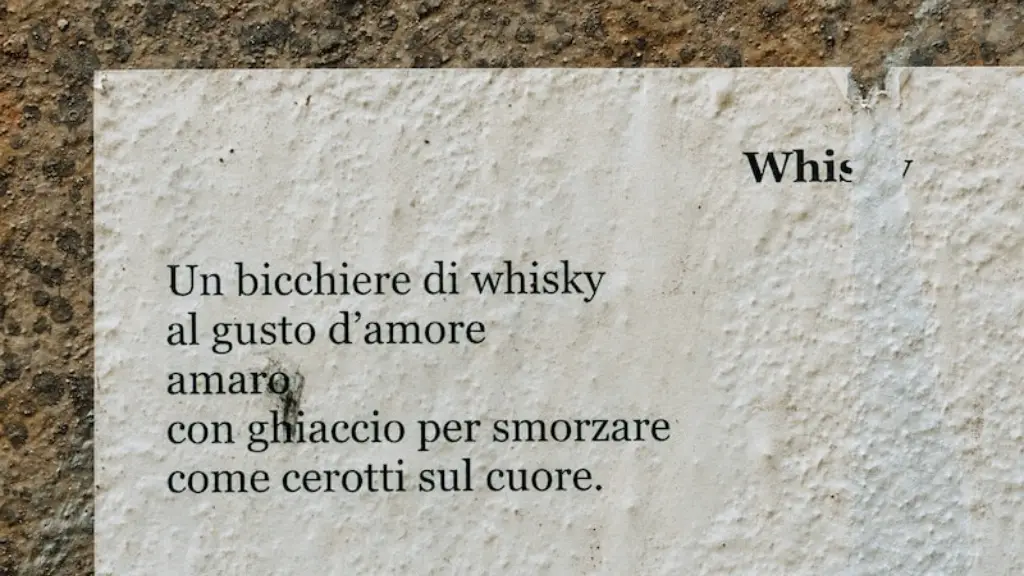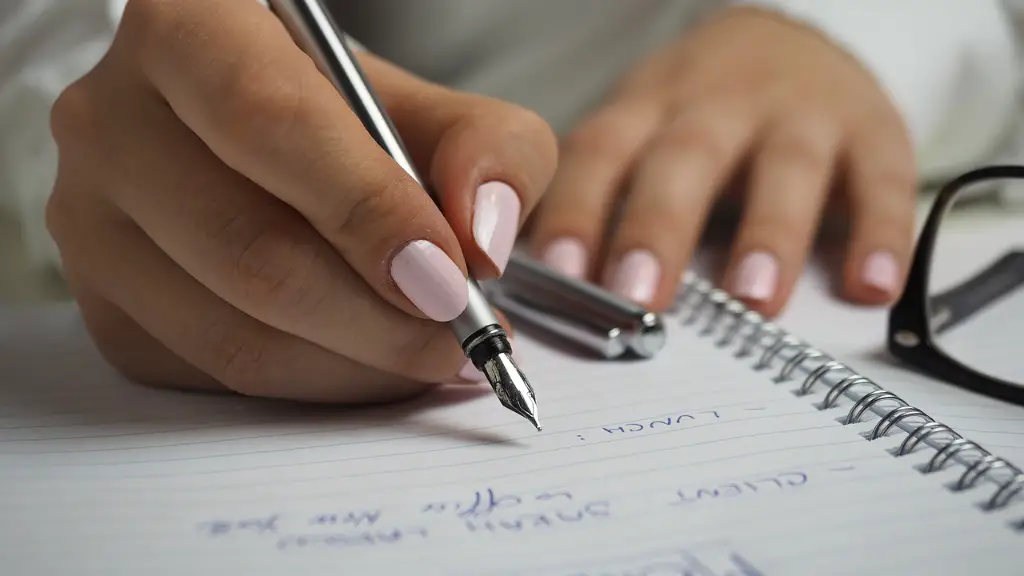The Origins of Poetry
When trying to define poetry, it’s hard to pinpoint a single definition that encompasses the art form entirely. After all, a poem can take many forms, even extending to non-verbal expressions such as dance and music. Throughout the centuries, poetry has acted as an agent of change and exerted its influence upon society in a profound manner. To gain a better understanding of what makes something poetry, we must first look at its origins.
Most experts agree that the earliest poems emerged during ancient times, when oral storytelling was still common. Ancient Greeks in particular wrote poems in the form of epic literary works such as “The Iliad” and “The Odyssey”. This was followed by the more traditional lyric poetry created by poets like Homer and Sappho. These poems typically reflect on different aspects of life, such as love and mortality, as a means of tapping into the emotions of the reader.
In the medieval period, poetry underwent a major transformation as it shifted from being a primarily oral tradition to one of written literature. This period also saw the emergence of religious epics and spiritual texts such as the “Divine Comedy” by Dante Alighieri. Later, the modernist movement of the 19th century marked a period of intense experimentation in which poets sought to break free from traditional forms and convey hidden meaning. Poems from this period often display free-flowing imagery and unconventional rhythms.
Aesthetic Qualities of Poetry
At its very core, poetry is an art form that seeks to evoke emotion through the clever interplay of language and sound. These aesthetic qualities have been applied in various ways by poets throughout history. In some cases, poets use simple, informal language and traditional rhyme schemes to appeal to a wider audience. Other times, poets rely on more proficient language and unorthodox patterns to create a unique style.
All of these features combine to create the unique and captivating quality of poetry. Many experts have argued that it is the combination of rhythm, form, language and imagery that makes poetry a powerful art form. Poetry can also be seen as a means of reflection, allowing readers to relate to the underlying meaning of a poem and contemplate its purpose.
A poem can tell a story, make a point, or express an idea, allowing readers to gain insight into a variety of subjects. Although it can be difficult to generalize, the best poetry has the power to transport the reader to a new realm of emotion and contemplation.
The Structure of Poetry
The structure of a poem is just as important as its content. In some cases, poets have incorporated specific forms and metrical patterns to convey their message. A famous example of such a poem is William Wordsworth’s “The Prelude”, which employs iambic pentameter as its main form. As you analyze a poem, you’ll want to take stock of its structure, paying attention to any subtle shifts and variations. For example, a poem can alternate between uttered lines of rhyming couplets and interior monologues.
The words used in a poem can also contribute to the desired structure, such as the repetition of certain lines and words. Structural elements such as argument, irony, dialogue and metaphors can also be used to enhance the desired effect. Furthermore, the use of punctuation marks such as semicolons and full-stops, as well as the inclusion of pauses can all add to the sense of structure within a poem.
The Role of Meaning
Much like other art forms, poetry can be used to express ideas, feelings, and messages to its readers. Many of the greatest poets have used their work as a means of exploring the world around them and commenting on social or political issues. Poetry can be seen as a reflection of the ideas and values of a particular society.
The meaning of a poem can often be obtained through analysis of its lines and words. Context plays an important role in the understanding of a poem. While reading, one should consider the background from which a poem is written, including the poet’s life and environment.
Some poems may be about universal themes such as love and friendship, whereas others may focus on more drastic and intense issues such as war and poverty. Ultimately, understanding a poem requires both a knowledge of the poet’s experience and a keen analytic eye.The Impact of Poetry
Poetry has the ability to influence and shape the world around us. Poets have provided commentary on important themes, energized cultural movements, and even managed to shape the cultural attitudes of an era. Throughout the past few centuries, poets have used their art as a tool to express their individual idealism.
Poetry has had many uses throughout history, from its use as a political tool to its incorporation into spiritual rituals. It has helped people to express their thoughts and emotions, allowing them to make sense of the world around them. As the world has changed, poetry has managed to stay relevant, changing with the times.
The power of poetry lies in its ability to connect with readers on an emotional level. By tapping into one’s innermost feelings, poetry can bring comfort and clarity to the reader. For many, reading a poem is a powerful experience, enabling them to reflect on their own life and make sense of their deepest thoughts and feelings.
The role of Imagery
Throughout the years, poets have used imagery to evoke emotion and stir up powerful mental images. When used effectively, imagery can enhance the impact of a poem as words are transformed into vivid mental pictures. Skilled poets may use a variety of techniques such as similes, metaphors, and personifications to create an intricate tapestry of words which brings a poem to life.
Imagery can be used to challenge a reader’s perspective, prompting them to think about the world in a new way. Many poets have used strong images to make powerful statements about political and social issues, drawing attention to the injustices of the world.
Furthermore, imagery can be used to express abstract ideas in a powerful and meaningful way. By replacing a rational statement with an imaginative one, a poet can provide new insight into the topic. This is one of the primary uses of imagery in poetry and applies to both concrete and abstract topics.
Exploring Metaphors
Metaphors are an important element of poetry and can be used to create a powerful visual impact. At a basic level, metaphors are used to compare one object with another, drawing attention to a particular feature of one object by relating it to another. By creating a comparison between two distinct objects, a poet can express a thought in a unique and artistic way.
Many of the greatest poets have used metaphors throughout their work, from William Shakespeare to modern day poets. From the mysterious images of John Donne’s “The Flea” to the daring comparisons of Robert Burns’ “To a Mouse”, metaphors provide a new path to explore when reading a poem.
Metaphors can be used to light up the most mundane aspects of life, as well as to explore dark and complex topics. Above all, metaphors have the power to tie together different ideas and link them together in powerful and creative ways.
The Power of Words
Poetry has the potential to reach into the depths of one’s being, inspiring intense emotion and contemplation. Although it can be difficult to define, poetry has the power to shape the world around us and express ideas in a powerful and meaningful way. Whether it be through the structure of its words or the use of vivid imagery, poetry can inspire readers in many different ways.
In other words, poetry is a celebration of the written word, an artistic display of sensation and emotion. Poetry stands as a testament to our collective experience and an ever-evolving means of expression. As time goes on, we can look forward to more creative and innovative approaches to the art form of poetry.

